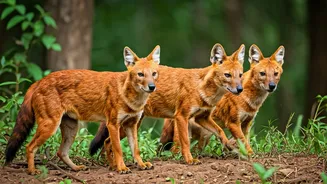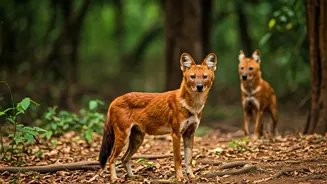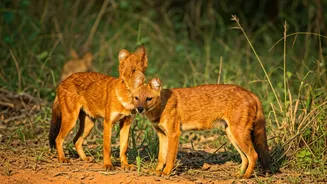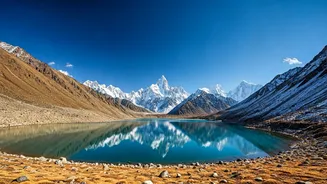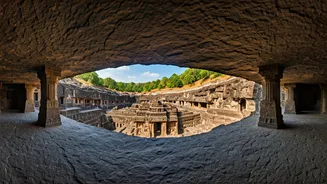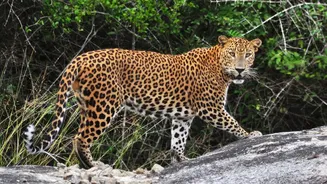Dhole: India's Wild Dog
The Indian wild dog, scientifically known as Cuon alpinus, or dhole, is a captivating canid native to South and Southeast Asia. Its appearance is striking,
boasting a reddish-brown coat and a bushy tail, setting it apart from other dog species. Dholes live in packs, ranging in size from a few individuals to more than 40 members, which fosters an atmosphere of strong social bonds. They are formidable hunters, preying on ungulates like deer and wild pigs. Because of habitat loss and hunting, these animals are now classified as endangered, which emphasizes the need for consistent conservation efforts and preservation of their existing environments.
Kaziranga National Park
Located in Assam, Kaziranga National Park is a UNESCO World Heritage site and a sanctuary for various wildlife. This park is particularly renowned for its high density of one-horned rhinoceroses. While it is less common to spot dholes here compared to other parks, the diverse ecosystem supports a variety of other species, including tigers, elephants, and various bird species. The park's unique landscape consists of grasslands, wetlands, and dense forests. This diverse habitat allows various creatures to thrive, making it an ideal place to see India's rich wildlife. This park is important for the survival of several species, due to the habitat being well-protected.
Jim Corbett National Park
Established in the state of Uttarakhand, Jim Corbett National Park stands as India's oldest national park. It's a sanctuary for Bengal tigers and a place where you can find dholes roaming around. The park has a diverse topography, including hills, grasslands, and riverine belts. It is also home to a wide range of other animals, such as elephants, leopards, and various species of deer. The park also plays a critical role in conservation efforts, providing a protected environment for vulnerable species to grow and reproduce, ensuring their survival for generations to come.
Bandhavgarh National Park
Bandhavgarh National Park, situated in Madhya Pradesh, is well-known for its high density of tigers. However, the presence of dholes enhances the wildlife experience for visitors. The park's landscape is characterized by dense forests, steep hills, and open grasslands. These different habitats support a wide variety of flora and fauna, offering a rich environment for both predators and their prey. The park's management is focused on conservation, ensuring that the animals thrive without disturbance. The protection of Bandhavgarh helps preserve the ecological balance and the survival of the endangered species within its borders.
Periyar National Park
Periyar National Park, located in Kerala, is a stunning sanctuary known for its rich biodiversity and the beautiful Periyar Lake. The park provides an excellent chance to spot dholes, as it offers a thriving environment. The park's topography includes dense evergreen forests, grasslands, and the lake. This landscape supports a large variety of wildlife, like tigers, elephants, and diverse bird species. The park is highly committed to conservation activities. These efforts are particularly important for the survival of the dhole population, helping to secure its place in the ecosystem.
Ranthambore National Park
Ranthambore National Park, found in Rajasthan, is famous for its tigers and offers opportunities to see the elusive dhole. The park features a varied landscape with rugged terrain, dry deciduous forests, and serene lakes. This environment supports a thriving ecosystem, providing shelter for various animals and plants. It also contributes to wildlife conservation, ensuring the safety of several endangered species. The park's conservation efforts are crucial to maintain its biodiversity and guarantee the future of these creatures.
